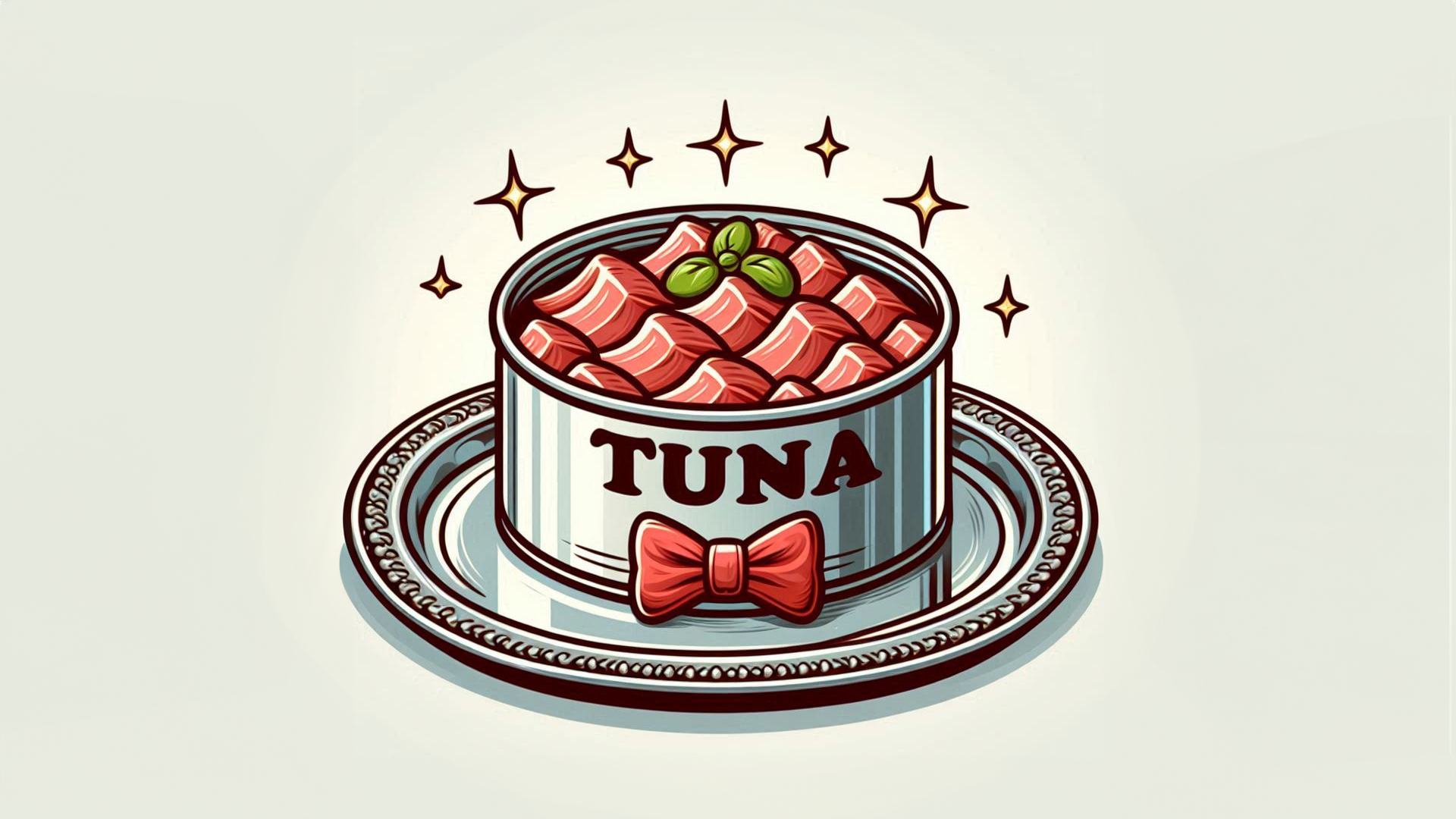The unlikely gastronomic trends of today’s youth are transforming the food industry – one briney, garlicky, pantry item at a time.
If each decade was defined by a food item, the past few years would follow a chronology something like this: avocado on toast in the early 2000s, kale chips and acai bowls in the 2010s, and now an unlikely contender – tinned fish.
Yes, those humble cans of sardines, mackerel and tuna, once relegated to the dusty corners of our parents’ pantries, have been hoisted onto the pedestal of gastronomic chic. And their moment in the spotlight is reflected in a transformed food market.
The high-brow independent delis now pepper most trendy highstreets in London, and countless start-ups pushing brightly packaged, humorously named tinned delights are coming up trumps with Gen-Z. We’ve now reached a point where an expensive tin of cold fish makes for a well-respected gift, would you believe.
When I was at uni, tinned fish was viewed as a last-resort protein source you could pick up for pennies. So it’s somewhat disorientating to find myself lusting after beautifully branded versions of the same product. This shift has been propelled by social media, with thousands of young people sharing content about #tinnedfish on apps like TikTok (that hashtag alone has been viewed over 57 million times).
Brands were quick to follow suit. Fishwife, a tinned fish company founded during the pandemic, sells responsibly sourced fish packets across Spain and North America. Their products have a notably higher price tag than your average tuna can, with a packet of albacore tuna selling for around $27.
Their colourful packaging is also far more eye-catching than the stuff you might choose to feed your cat.
Becca Millstein, the brand CEO, says social media was crucial to establishing the company. ‘We built the business on Instagram,’ she said. ‘The majority of our customers find out about Fishwife through social media.’
It’s paying off, too. Between 2021 and 2022, Fishwife revenue doubled, and in 2024, Whole Foods acquired rights to roll out the brand in stores globally.
From the @FT, “The rising price of butter, cheese and eggs has pushed UK food inflation to a five-month high, according to sector data that underscores persistent cost of living pressures.”#economy #inflation #markets pic.twitter.com/V9nYEY36uE
— Mohamed A. El-Erian (@elerianm) March 4, 2025
So what’s really behind this tinned fish renaissance? And why have brands like Fishwife resonated so much with a generation now obsessed with spending money on food?
Thea Everett argues that branding has a lot to do with it. ‘From intricately illustrative paper wrappers boasting scallop shells or squid, to cartoon depictions of glamorous women or rugged fishermen, [these tins of fish] can be striking, even beautiful.’
I suppose it’s not a far cry from the luxurious packaging you find on caviar brands. The major difference being that tinned fish like tuna and sardines are comparatively affordable.
‘They have a collectability,’ Everett writes, highlighting another key factor driving the tinned fish fan club – they will keep in the cupboard for months at a time. They’re undoubtedly a good investment. ‘[They’re] something pleasing to put on our shelves and call our own, when so many other things remain financially out of reach.’



















